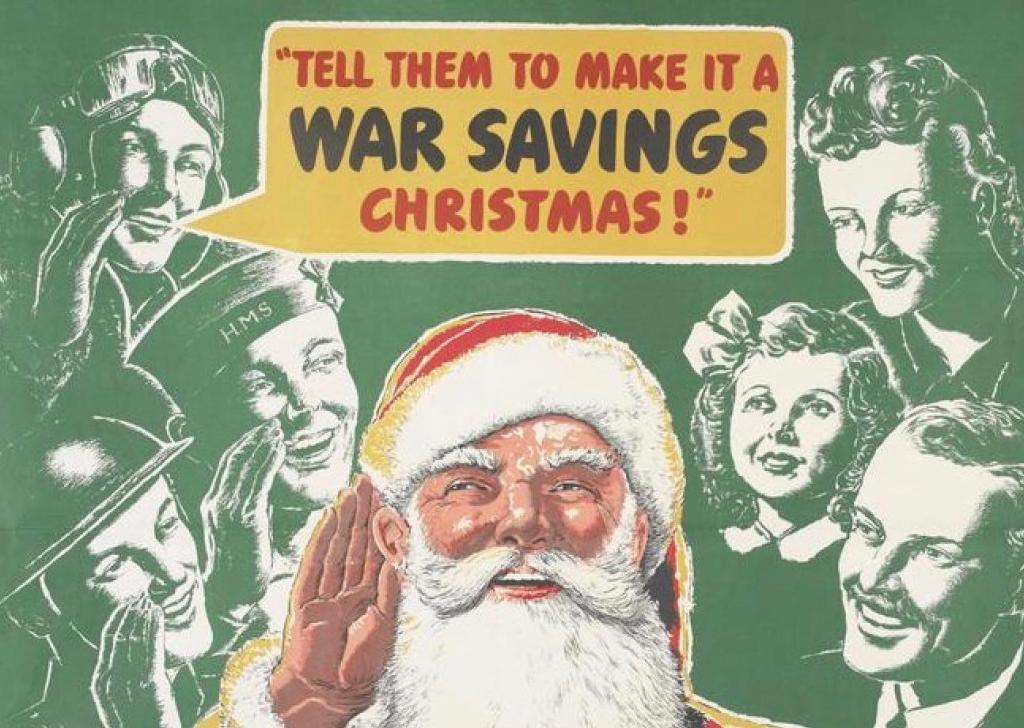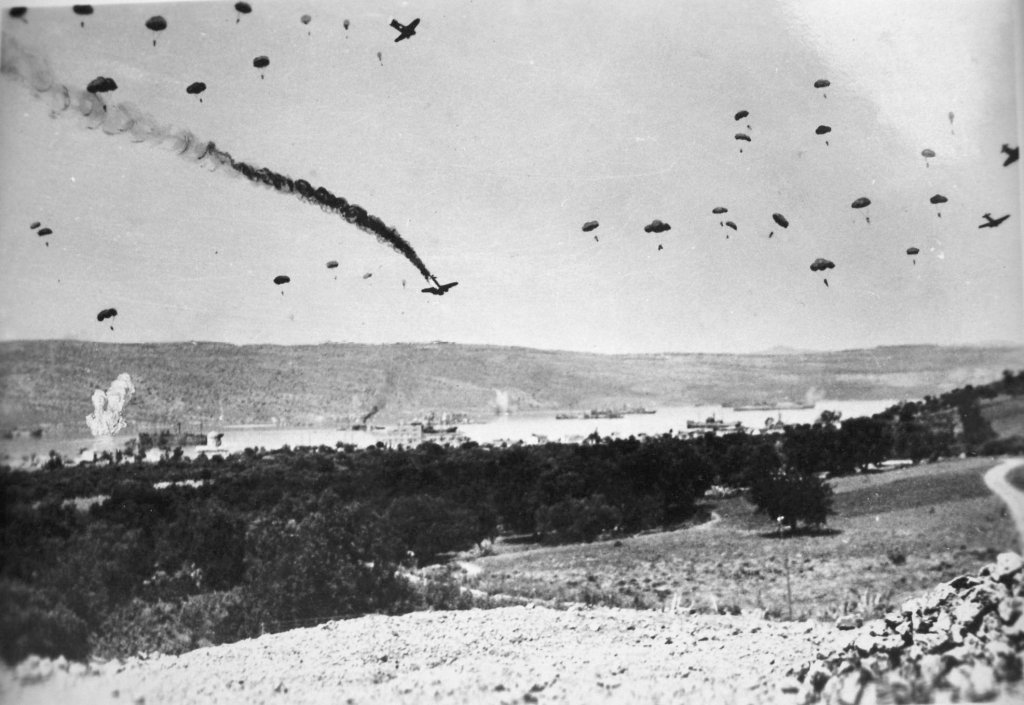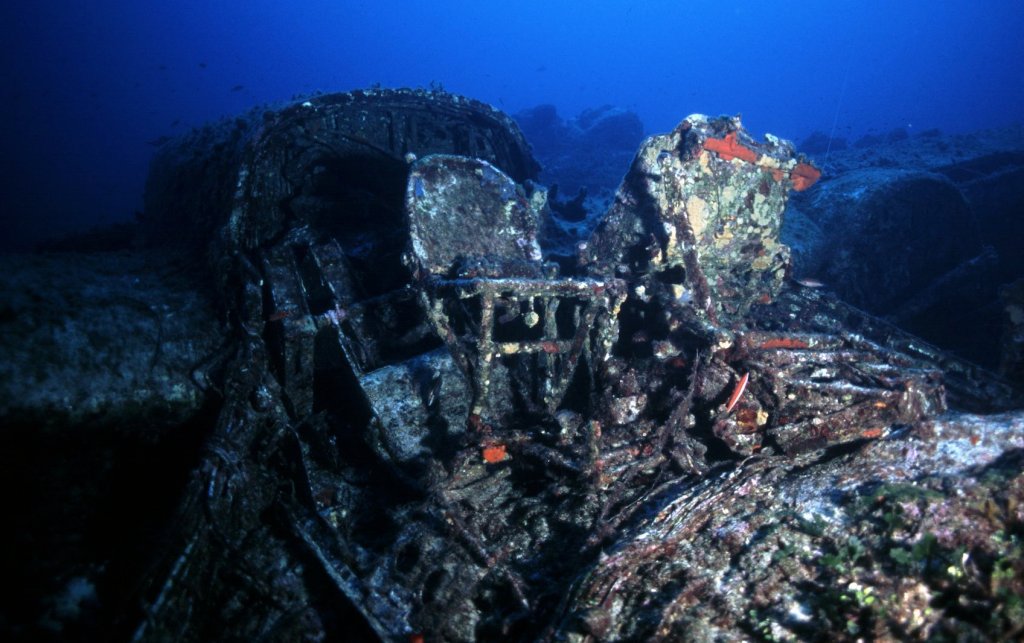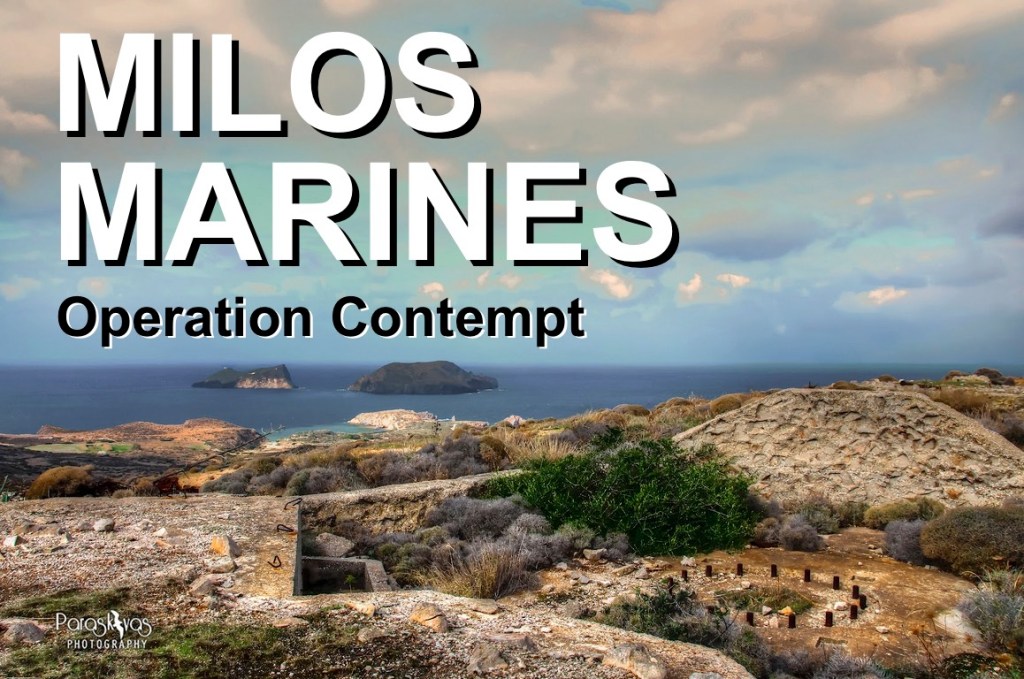The Christmas of 1944 stands as the final Christmas celebrated during WWII. As we approach our own festive season 79 years later, Ross J. Robertson and ww2stories.org reflect on the significance of this historical moment.
During the Second World War, the traditional celebration of Christmas took on profound significance, reflecting the unique challenges and poignant realities of the global conflict. In the midst of upheavals and sacrifices, death and destruction, its observance became a poignant reminder of home, family, and the human desire for hope and unity, even in the darkest of times.

Source: IWM ©
Origins
Amidst the commercialisation and the secular nature of Christmas that skyrocketed in the latter half of the 20th century, with its emphasis on ever-extravagant gift-giving and the mythical figure of Santa Claus and his flying reindeer, it is sometimes easy to overlook its religious origins.
Being the celebration of the birth of Jesus, Christmas is steeped in Christian tradition. However, historical records reveal a nuanced past. In the first two centuries of Christianity, there was substantial resistance to celebrating the birthdays of martyrs, viewed sceptically due to perceived alignment with pagan customs. This prompted many church leaders to advocate for commemorating the day of martyrdom (i.e. death) instead, a fact offering insights into the liturgical Easter tradition observed in the Christian calendar.
The specific origin of designating 25 December as the birth date of Jesus remains unclear, with no clues provided in the New Testament. Nevertheless, historical records indicate that Sextus Julius Africanus was the first to recognise this date in the year 221 CE. Undoubtedly, the selection of 25 December is linked to the winter solstice (21/22 December), a widely celebrated pagan holiday in the Roman Empire. This event, marking the shortest day of the year, symbolised the imminent resurgence of the sun and the forthcoming rebirth of spring and summer.
Christmas during WWII
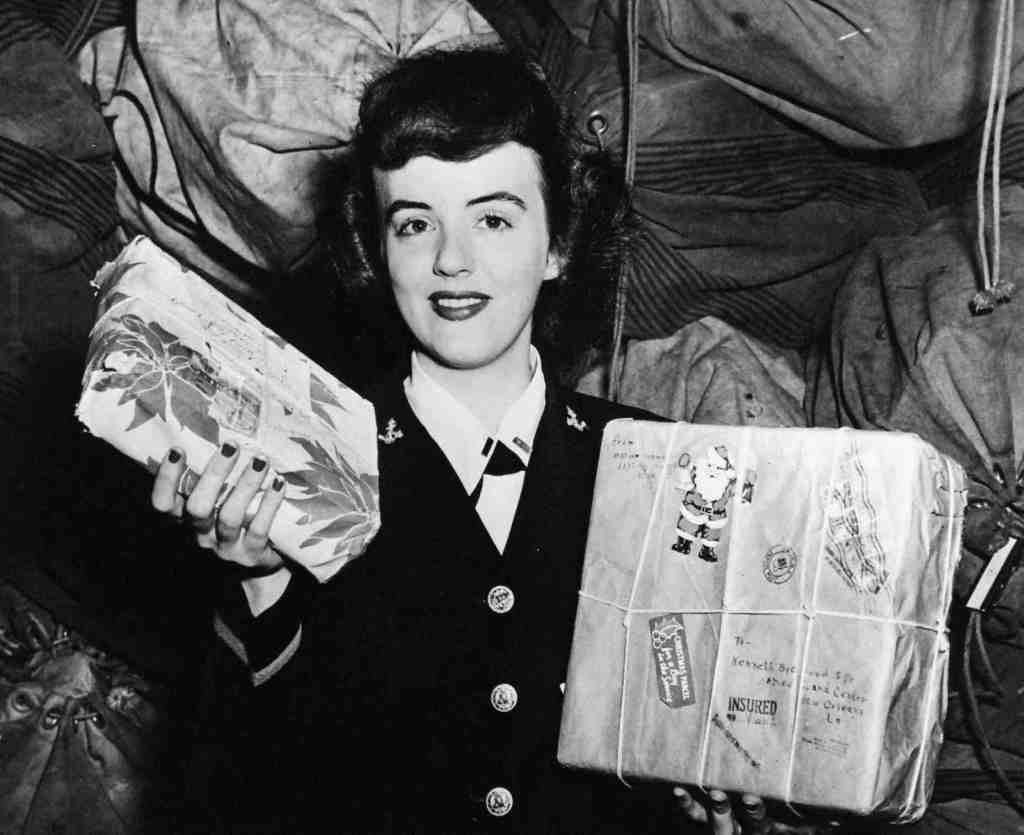
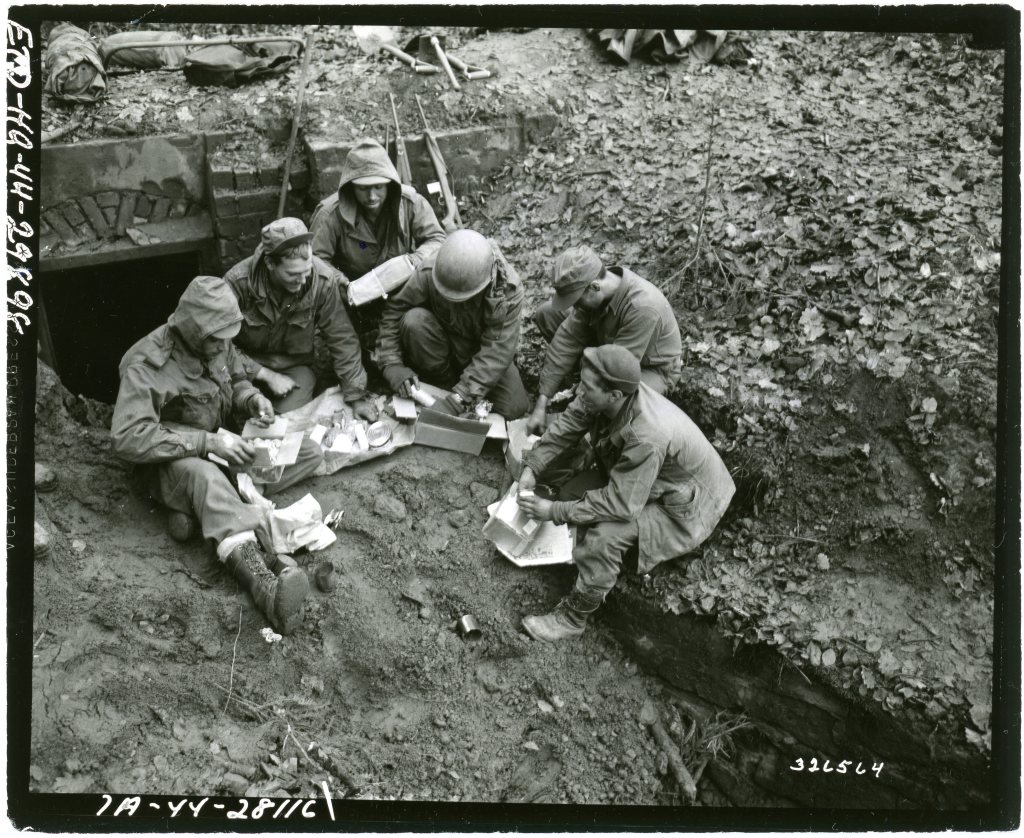
Even amidst the deeply rooted Christian traditions shared by Europeans and Americans, the Western powers found themselves entangled in what was fundamentally an internal conflict in Christendom of differing political ideologies and power struggles. In response to the growing fascist regimes of Nazi Germany and Italy in the 1930s, coupled with Japanese Imperial expansionism in the East, the democratic nations soon found themselves embroiled in the monumental conflict of World War II. Six years of wartime upheaval brought notable changes to the festive ritual, necessitating adjustments due to circumstance, restrictions and shortages.
For many families, the most disturbing challenge of a wartime Christmas was the painful separation from loved ones. Numerous men actively served in the armed forces abroad or languished as prisoners of war. Women played pivotal roles in the war effort, and countless children spent Christmas away from home as evacuees or orphans. Death, displacement, and the harsh realities of war touched countless families, intensifying during the Christmas period when Christian ethics and the aspiration for peace were meant to take precedence.
European Christmas in 1944
Whilst the ongoing conflict raged in the Pacific theatre (for instance, the US Sixth Army captured Palompon, Leyte in the Philippines on Christmas Day), December 1944 revealed a dangerous overconfidence prevailing in Europe. Following the success of D-Day in June 1944, the Allies swiftly advanced through France and approached the heart of the Reichland itself. However, a perilous combination of rapid advance, complacency, logistical challenges, and discord among the Top Brass (specifically Field Marshal Montgomery and his American counterparts) created a vulnerability skilfully exploited by the Germans.


Source: US Army Center for Military History ©
Seizing the opportunity, the Germans launched an unexpected offensive in the densely wooded Ardennes region between Belgium and Luxembourg on 16 December 1944, catching the Allies completely by surprise in what later became known as the Battle of the Bulge. Even as the Germans were being squeezed by the Russian advance in the East, this marked the final major German offensive campaign on the Western Front during World War II, and it was both serious and ruthless.
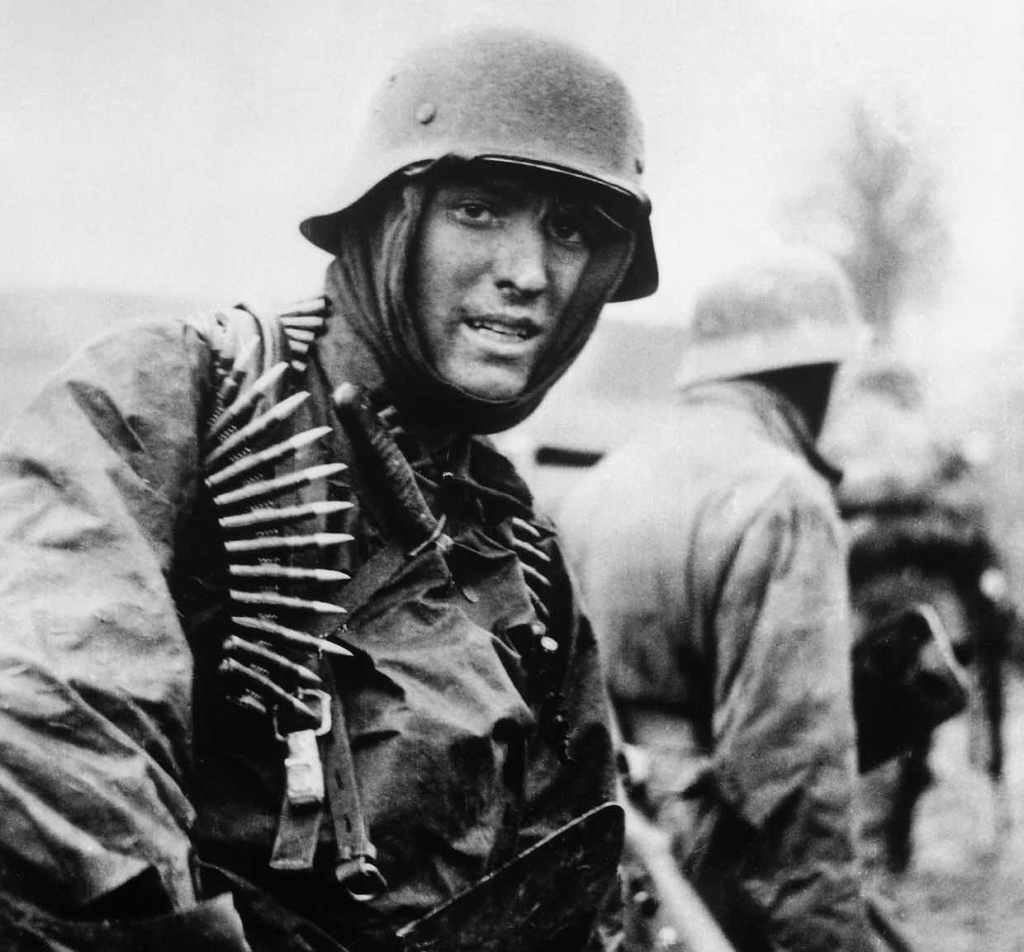


The primary objectives were to disrupt Allied logistics by denying further use of the Belgian Port of Antwerp (Belgium) and to divide the Allied lines. Hindered by adverse winter weather which neutralised their air superiority, the Americans in particular bore the brunt of the onslaught. The brutal Christmas siege of Bastogne only concluded when General Patton broke through on 26 December. The entire episode stands as the largest and bloodiest single battle fought by the United States in the war.
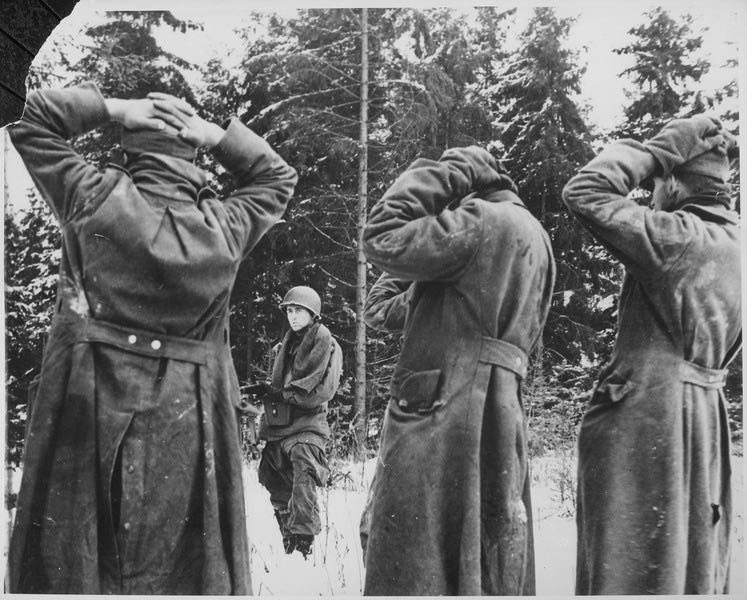
Another significant chapter unfolded in Greece following the eruption of the Greek Civil War on 3 December 1944. Mere weeks after the country’s liberation from Axis occupation in mid-October 1944, political tensions and ideological differences among various factions crippled the country. The installed London-backed Greek government led by Georgios Papandreou faced imminent collapse. Communist-led EAM (National Liberation Front) and ELAS (National Popular Liberation Army), its military wing and a pivotal force in resisting Nazi occupation, did not want to give up their arms and relinquish power. Other political factions shared the same sentiment. The unrest soon escalated to a tipping point.
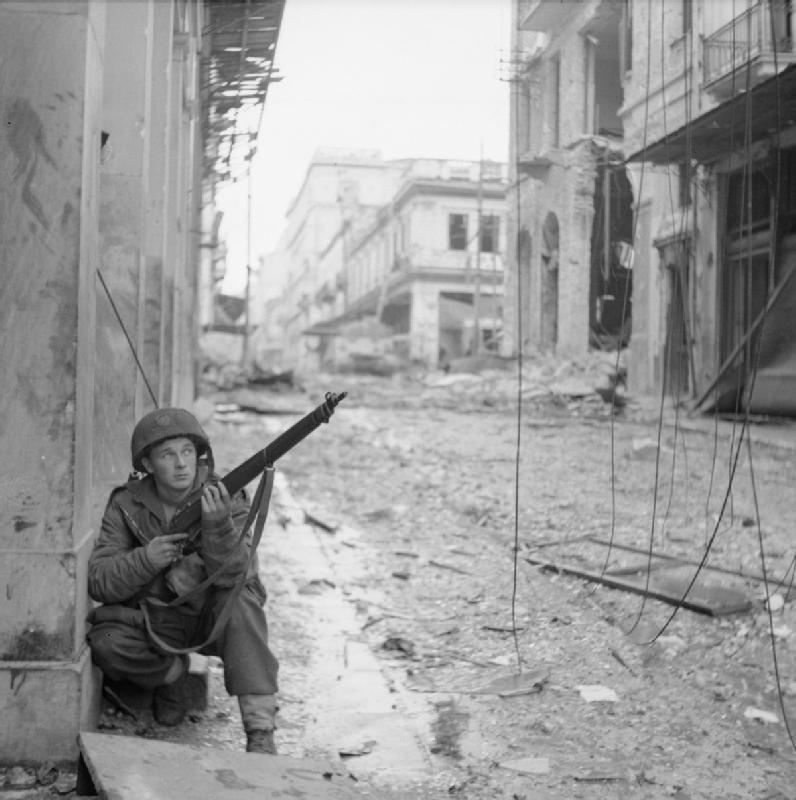
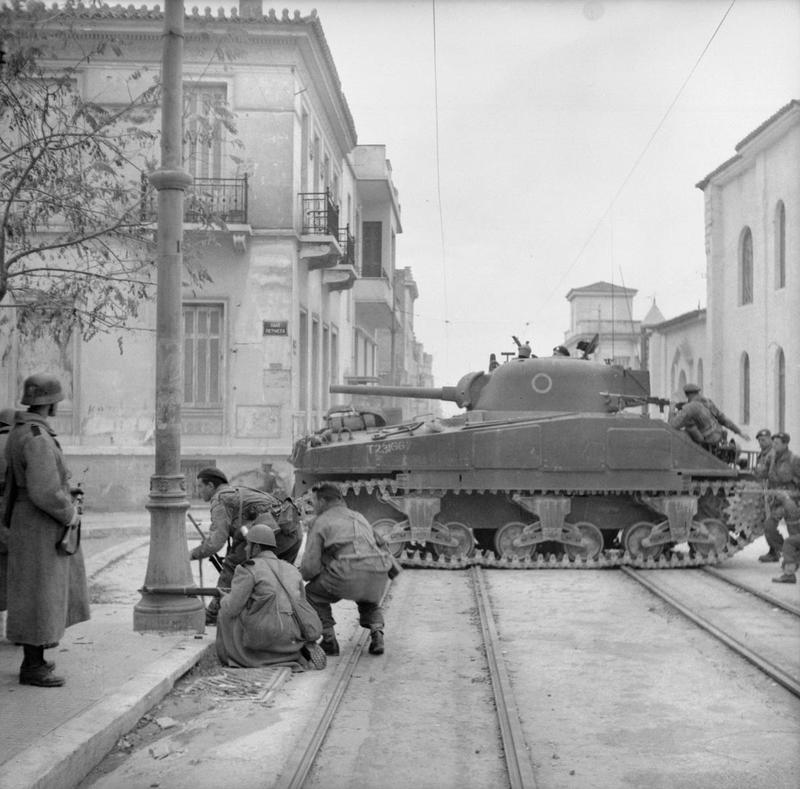
What should have marked the resumption of traditional Christmas celebrations, following the severe deprivations of Axis occupation, instead turned into an all-out military confrontation. Amidst the chaos of battle, British Sherman tanks rumbled through the streets of Athens, and RAF sorties were conducted against communist insurgents perched on city rooftops.


This resulted in an extraordinary event which truly underscored the gravity of the situation. Prime Minister Winston Churchill made an urgent personal visit to Athens on Christmas Day in 1944. He was to attend vital negotiations at the Grand Bretagne Hotel in Syntagma Square, the very site of violent clashes that had erupted on 3 December. Unknown at the time, ELAS had strategically positioned captured German explosives along the underground sewage canals, intending to destroy the hotel where the discussions were taking place. Fortunately, the plot was uncovered, prompting relocation and Churchill being accommodated on the HMS Ajax stationed offshore. Otherwise, the historical trajectory of Christmas 1944 would have taken a vastly different course.


The extract (above) from No. 355 (Hellenic) Squadron, RAF on 25th Dec. 1944 reads: ‘The Prime Minister of Great Britain, The Hon. Mr. Winston Churchill arrived by air. The announcement of his arrival was greeted with enthusiasm and optimism. In fact the general opinion was expressed that a truce would be signed within a few hours.’
Celebrating Wartime Christmas
Despite the juxtaposition of Christmas ideals and the harsh realities of war, many serving men and women did celebrate the season of peace and goodwill in December 1944. Exactly how well they were able to do so largely depended on their geographical location and how far behind the lines they were. Irrespective of circumstance, however, the spirit of Christmas persisted in one form or another.
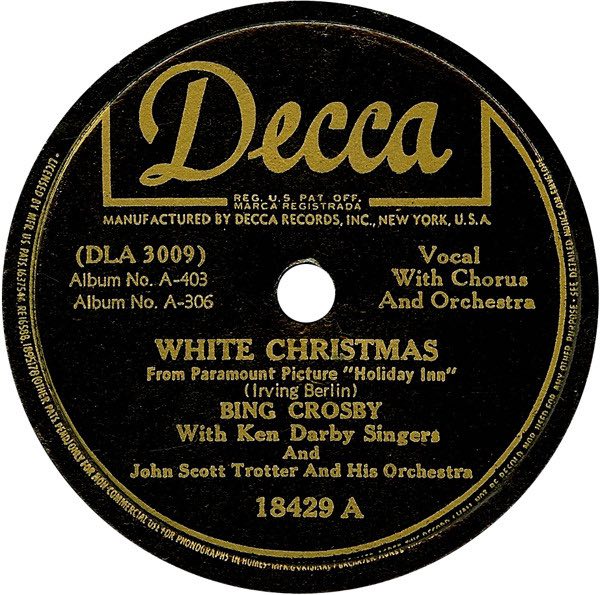
The German term for Christmas, ‘Weihnachten’, translates to ‘the hallowed or holy night.’ In essence, it signifies a sacred religious night that is explicitly dedicated or consecrated to God. For many, that emphasises the shared human experience and the aspiration for harmony among people – attributes which help perpetuate the idea of Christmas itself.
Despite the exceptional circumstances of celebrating Christmas during WWII, it is to the benefit of all that such a commendable foundation continues to ring true.
Merry Christmas from the ww2stories.org team!
Footnotes
- No. 94 Squadron RAF ORB 25 Dec 1944:
– 10:10-11:00 hrs: Took off to carry out a recce of ELEVSIS-CORINTH-TRIPOLIS but owing to bad weather section had to return to base.
– 10:30-11:35 hrs: Sections carried out an armed recce in the PIRAEUS area and staffed any ELAS force that was seen.
– 10:45-12:15 hrs: Carried out supply dropping to prisoners.
– 11:55 to 12:55 hrs: Section staffed ELAS positions in the PIRAEUS area.
– !4:30 – 15:10 hrs: Staffed houses in the PIRAEUS area occupied by the ELAS force.
↩︎ - No. 39 Squadron RAF ORB 25 Dec 1944: ‘Christmas Day suddenly brought the motion, and in the late morning W/Cdr. Woodruff and F/Lt. Pitman attacked an E.L.A.S. H.Q. in PIRAEUS with R.P. and cannon, producing commendable damage on the target.
Soon after lunch F/Lt. Pitman returned to the area, this time with P/O. Lyon, and singling out a petrol dump the two wrought havoc with R.P. and cannon hits – 14 of their 16 rockets hitting the target.
In the late afternoon F/Lt Pitman led his third strike force of the day, flying on this occasion with F/O Andrews. The target was E.L.A.S. resistance area in north central ATHENS, and into it four aircraft discharged fourteen 60lbs R.Ps., and sixteen 25lbs R.Ps. plus many cannon strikes. The target was partly demolished, the remainder being very badly damaged and on fire.
Accurate light flak from a neighbouring area was replied to by F/O Mattam with his Browning but without positive result.
The Army, from the next block but one to the target, ‘phoned through a report describing the attack as “the most accurate we have ever seen.’
↩︎
Featured image: ‘Tell them to make it a War Savings Christmas!’ evokes a sense of wartime urgency, encouraging collective contributions during the holiday season to support the Allied war effort. Source: IWM ©
We value your opinion!
Your feedback is important to us. If you enjoyed this article and would like to see similar content, show your appreciation by clicking the ‘Claps’ icon below. Also, ensure you stay up-to-date with our latest articles by subscribing to our Newsletter. You’ll receive new posts directly to your email inbox. Thank you for your support!
‘History has to be shared to be appreciated’
Subscribe to our Mailing List. We’ll keep you in the loop.
